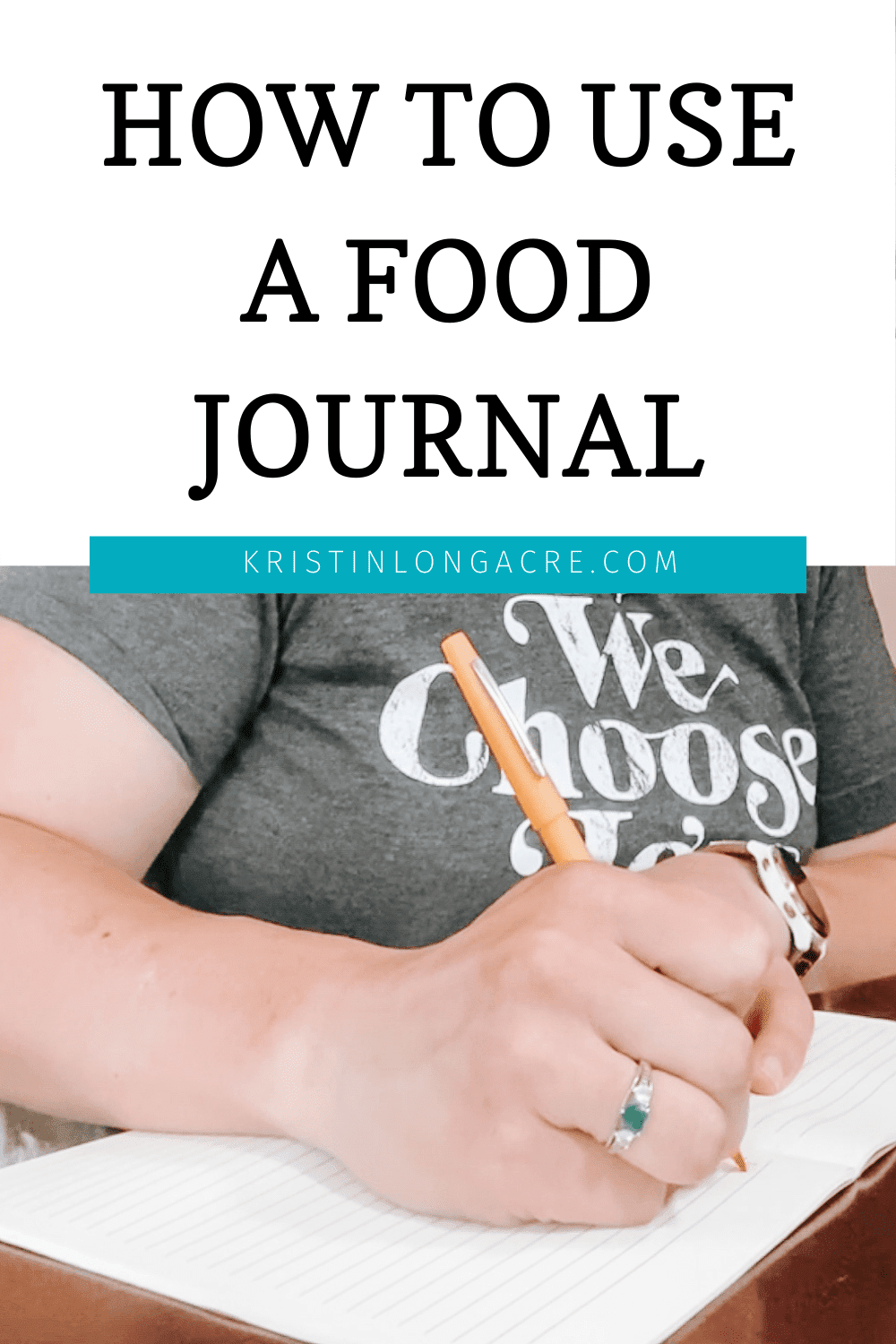June 2, 2021
So you want to start tracking your food, but are overwhelmed and don’t know where to start? One person on Instagram says to use macros but your friend on Facebook loves counting calories. Then there is the idea of a food journal and now you’re just not ready to do anything at all.
Does that sound about right?
In the days of social media it’s easy to see trends go in one direction or the other. Between macro diets, calorie counting and food journaling it is easy to get confused on what might be best for you.
All three of these options have one thing in common: you track what you eat. Among the three there can be overlap, and various ways of eating can fit into each of them differently.
It’s important to keep in mind that what works for one person, might not work for another. So it’s always a good idea to understand the benefits of each different type of tracking and how they will play into your overall goals.
Over the next three weeks we are going to dig into food journaling, calorie counting and macro tracking. We will look at the pros and cons of each and how they may help you with your goals.
We’re going to start simple with Food Journaling.
What Is Food Journaling?
The good news is, food journaling is as simple as it sounds. It is writing down the different types of food you eat throughout the day.
However, to really use it as a tool you keep track of more than just exactly what you eat.
Food journaling helps you keep track of how your body reacts to the different foods you eat, such as how they make you feel. It’s a great way of tracking for someone who is looking to understand their body’s relationship with food or who has a history of crash-course diets.
As a coach, I think it’s a great starting tool for someone who is new to nutrition because it is simple and only requires a piece of paper.
The beauty of food journaling is that you can track as little or as much information as you like.
For example if you are looking to keep track of your portion sizes, you can write them out in your journal. If you are just looking to get a better idea of what you eat throughout the day you can just write the name of the food.
Food journaling isn’t meant to help hold you accountable to a number. This is why I like it for someone who is new to tracking. Instead of having to pay attention to all of the numbers an app might give you, it’s a way to start just looking at what you’re eating and nothing else.
So… What do I Write?
As I mentioned above, food journaling is for you to write as little or as much as you like about each meal.
My basic template is:
- What did you eat?
- What time did you eat?
- How did your body feel 30 minutes after you ate it?
These three questions will help you learn more about your body and the way it reacts to certain food.
Some other questions that you could answer:
Food Journal Ideas:
- How was the food eaten (on a plate? From the container? Standing in the kitchen?)?
- How did you feel 30 minutes before the meal/snack?
- What was your mood prior to eating?
- Did the food satisfy your hunger?
- Did you enjoy the food?
- How long did it take to eat the food?
Have you ever taken inventory of your eating habits with a food journal? What was your experience?
ABOUT ME
Hey There, I’m Kristin! I have a strong passion for helping women make small changes in their everyday lives that add up to the healthy life they desire. Whether it’s a mom looking to find her confidence or a family who needs help making changes in the kitchen I believe every health goal can be accomplished.

